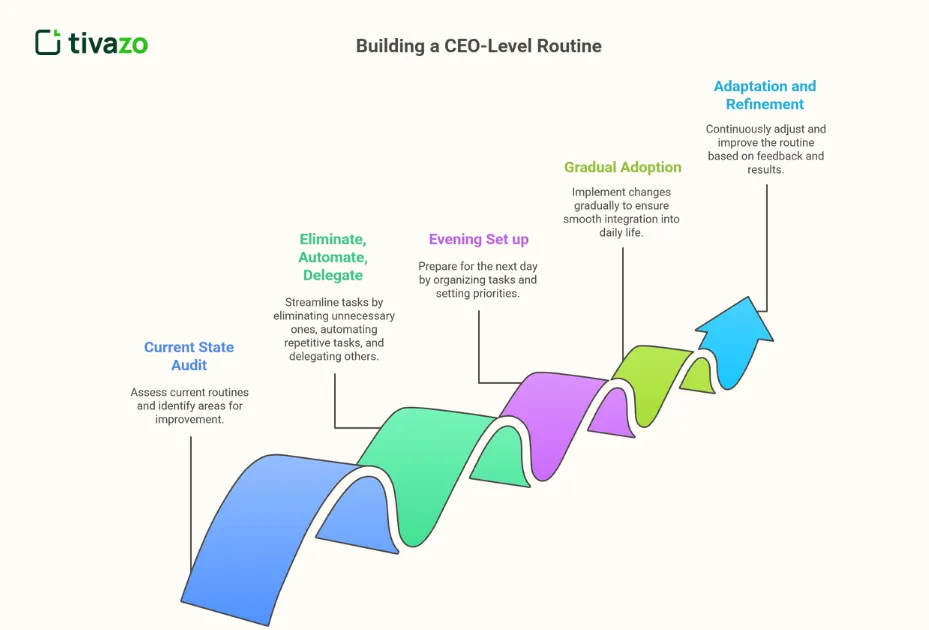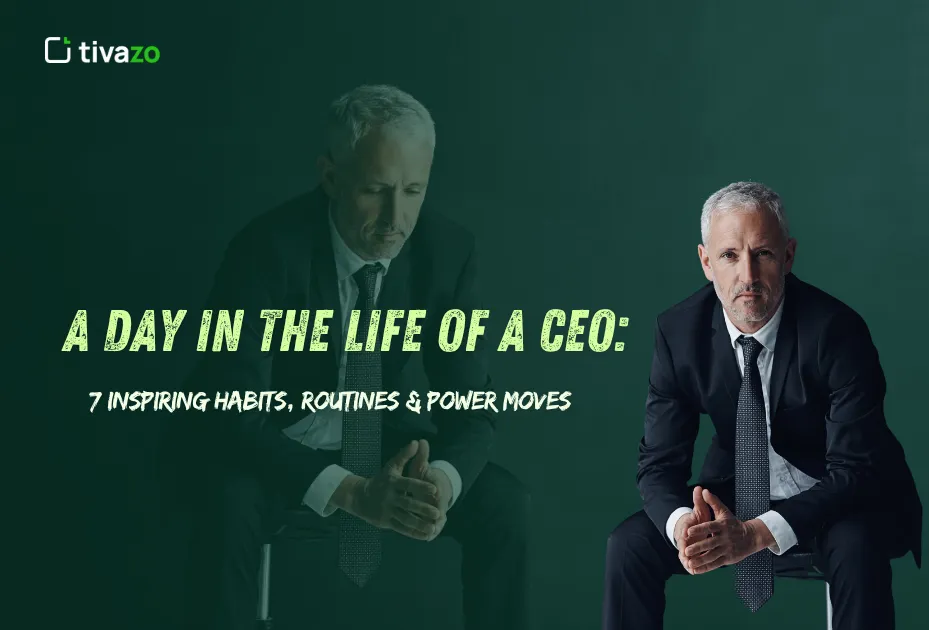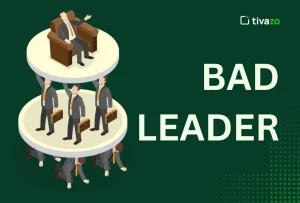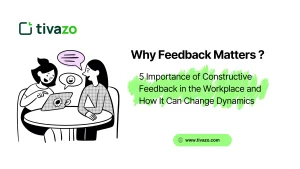Have you ever calculated the difference between successful CEOs and others? Research indicates that CEOs get 80% of their outcomes from 20% of their activities. The difference is not a product of working long hours. It is the result of powerful habits that generate exponential impact.
CEOs today face challenges like never before – remote teams, global uncertainty, and unprecedented rates of change. Yet the best leaders have daily rituals and habits that produce extraordinarily similar results while driving a variety of measurable outcomes.
In this ultimate playbook, we will identify 7 evidence-based habits that describe a day in the life of a CEO, as well as deliver real examples, helpful tools, and actionable templates you can apply right away.
Understanding the Role of a CEO
As the role of CEO grows in complexity, the responsibilities of modern-day CEOs encompass much more than leading an organization. They must balance numerous competing priorities while maintaining strategic focus and personal well-being.
Core Responsibilities and Expectations of a CEO
First and foremost, a CEO is expected to promote the following areas of responsibility:
- Strategic Direction: Ensuring long-term direction within their organization
- Financial Management: Monitoring their performance metrics and where they allocate resources
- Culture Management: Creating values within the organization and employee engagement
- Stakeholder Management: Reporting to their boards and managing relationships with investors
- Public Management: Being the face of the organization
Repeated Challenges for CEOs:
Even the most seasoned of executives will face some or all of the following recurring issues:
- Work-life Balance: Balancing personal relationships with employer expectations
- Resource Allocation: Executing tasks when time and budget are limited
- Information Overload: Managing a continual stream of information without the constraints
- Change Management: Communicating the need for change while keeping the team’s morale high
- Delegation: Identifying the balance between delegation and involvement without micromanaging
How do CEOs Manage their Time?
Accomplished CEOs practice various time management strategies to maximize their effectiveness:
- 80/20 Pareto principle: Engaging as much energy as possible on the 80/20 rule—focusing on the 20% of activities that deliver 80% of the impact and return
- Time-Blocking: Establishing time periods for hard work or lengthy strategic thought
- Eisenhower Matrix: Structured Decision Making by Urgency and Importance
- Regular Check-Ins: Formal meetings to keep in contact with stakeholders
A Day in the Life of a CEO

When we observe how effective CEOs run their days, it is an informative way to build learnings on how to be an effective leader. Consider the following real-life examples from successful warm places.
Morning Routine Examples
Anna Wintour (Editor in Chief of Vogue) – exercises at 5:45 am by playing tennis, then has discussions with her team about branding, and what brands she wants to align with, and doing that physical activity is crucial to energizing her day of creative decision making throughout the day.
Bill Gates – blends a morning workout routine with a review of global news and sets aside time to learn. He stays physically fit, stays informed on world events, and stays tuned into events in the world where he is making a philanthropic impact.
Alexi Nazem (Nomad Health CEO): focuses on the intention of setting boundaries between family and the leader of an organization, while also being cognizant of roles, so that neither loses attention and impact.
During the day, the work structure
Most CEOs will use this work structure to guide their day of optimized working time.
Early hours (6:00 am – 9:00 am) :
- Complete high-value tasks when mental focus is at a peak
- Have a one-on-one meeting with important team members
- Align strategic goals and prioritize results and outcomes.
Mid-morning (9:00 am – 12:00 pm) :
- Make important, risk-laden decisions.
- Meetings, calls, and presentations with important stakeholder groups.
- Prepare materials for board meetings or important meetings with investors.
Afternoon (12:00 pm to 6:00 pm) –
- Smaller team meetings with an agenda and outcomes.
- Other external partners, discussions, and/or negotiations.
- Strategic planning and envisioning for a future possibility.
Excellence in Meeting Management
For a CEO, the daily agenda is extremely high-level and full of demanding management tasks. Successful CEOs masterfully manage their meetings. One of the practices they regularly schedule is commonly called calendar blocking, where they safeguard focused time in the day that is designated for deep work and creative thinking. By blocking these moments in time, they seldom experience a day full of unanticipated distractions and back-to-back meetings.
Another practice of great CEOs is to conduct meeting audits and actively cut out time spent in low-value meetings. Each meeting should have a defined purpose. They enforce an agenda with designated time limits and expected outcomes in order to flow the energy and pace of the agenda. When these practices are in place, the days can shift from reactive to intentional and productive days in the life of a CEO!
Evening Balance Strategies
Productivity is great, but for a CEO, a day does not end with the last meeting – it continues through intentional personal time in the evening. Many CEOs create non-negotiable family time and spend quality hours with family and loved ones to enrich their relationships and balance the pressure or stress of the workday.
Activities such as reflection journaling, shutting off electronics, and engaging in something relaxing are equally important. Mindfulness practices, music, and relaxing routines can reduce mental fatigue and generate clarity. Ensuring the evening embrace is part of the experience helps ensure that the life and times of CEOs continue in the theater of renewal and not burnout.
The 7 Inspiring Power Habits

These evidence-based routines differentiate extraordinary CEOs from average ones. Each habit is intended to bring about a powerfully cumulative benefit.
1. Wake Up Early & Micro-Reflect
The most productive CEOs manage to wake up before 6:00 AM, and they use their quiet early mornings to prepare themselves and do “big picture” thinking.
This habit offers the following benefits:
- Mental Clarity: Time to think through complex challenges uninterrupted.
- Personal Planning: Allowing oneself to think through daily activities and how they align with long-term objectives.
- Energy Efficiency: Time to do important tasks when our mental resources are at their highest.
- Competitive Edge: Time to do meaningful work when others are sleeping
2. Physical Activity & Mindfulness Connection
The foundation for successful CEOs is physical and mental wellness.
Regular morning exercise and gradual progression towards mindfulness will provide-
- Better Stress Management: More say in the consequences of stressful situations later in the day.
- Better Decision Clarity: Enhanced cognitive performance and decision-making capacity with complex issues.
- Energy Management: Better performance, endurance in our highly active styles.
- Emotional Control: Enhanced capacity for patience and empathy when having difficult conversations
3. Deep Work Morning Blocks
Effectively allocating time for focused blocks of work for 2-3 hours creates focus, increases breakthrough thinking, and results in productive strategy execution.
Some basic techniques that support effective deep work are:
- Email Response Batch: Responding to a mass of emails instead of replying to emails nearly continuously.
- Distraction Elimination: Structuring our space for our ability to concentrate on our work.
- Priority Alignment: Ensure focused deep work hours on our priority order of most impactful work
- Flow State Cultivation: Developing our capacity to be in sustained periods of performance at peak performance – having flow or being in the zone.
4. Intelligent Break Practicing
Intentional rest periods prevent burnout while maintaining peak performance throughout long days.
Intelligent break practices include:
- Movement: Short walks or stretching in between to reset your energy levels
- Eating: Utilization of nutritional snacks providing energy, but not from crashing
- Mental Transitions: Short meditation or breathing moments in between high-intensity situations.
- Social Connection: Quick check-ins with team members can help you maintain relationships
5. Meetings to Actions’ Mastery
Transforming meetings from a time suck into a value generation machine produces a wide-ranging impact on organizational capacity.
Meeting excellence consists of:
- Realized Purpose: Every engagement must have stated purposes and anchors with objectives that indicate progress
- Return-on-Investment: Regular assessment of the function relative to time in the meeting
- Agenda Discipline: Do not stray before the whole meeting has addressed the main topics
- Action: Conclusive next steps and lines of accountability for all people involved
6. Delegation & Communication Excellence
Having the ability to build up trust in teams and the capability to delegate without micromanaging allows leaders to be impactful and scale.
Delegation entails:
- Trust: Building up trust that your team member is capable and will make effective decisions
- Clarity: Making sure that you have been clear on expectations and objectives, whilst not telling them how to do it
- Check-ins: Being able to mark milestones and to be aware of progress without knowing every little detail
- Development: Delegating purposefully to grow your team’s skills and abilities
7. Evening Review & Digital Detox
Having a closure routine and a digital detox—taking a break from technology at the end of each day—will help you continue to improve yourself while providing essential daily restoration.
Your evening routine should encompass:
- Daily Journaling: Writing down any lessons learned and insights you had throughout the day
- Next-Day Planning: Writing down your priorities and objectives for the next dayfor the following day
- Use Technology Precaution: Scheduling breaks from technology to regain your mental state
- Restoration: Purposeful rituals that recharge your energy and support a balanced work-life rhythm.
CEOs in Different Contexts: How Leadership Varies by Environment
The daily routine of a CEO can look quite different depending on the nature of the organization. For example, a CEO at a startup has different demands than those of a large organization or a nonprofit, which each come with distinct purposes, processes, and pressures that shape the CEO’s role, priorities, and time management.
Startup CEOs: Navigating Chaos with Clarity
In a startup environment, a day in the life of a CEO is defined by adaptability, urgency, and relentless problem-solving. Startup CEOs often work 12–16-hour days, managing nearly every facet of the business, from marketing and sales to product and fundraising.
CEO responsibilities may include:
- Fundraising Hustle: Convincing many prospective investors while keeping the company going.
- Hands-on Product Involvement: Deciding on MVPs, features, and pivots quickly
- Team Building from Scratch: Hiring with a little budget while providing inspiration and certainty about an uncertain future.
- Customer Discovery: Personally interacting with early users to improve product-market learning.
🔍 “At the start, you’re the first in and the last out.” — Startup founder via Reddit
Corporate CEOS: Leading With Layers
For corporations or businesses with complex hierarchies, much of what corporate CEOS do is strategy, stakeholder engagement, and engagement with the business on execution (at a scale). The whole organization is usually data-driven, and decisions are often high-level.
Responsibilities include:
- Delegation: Being able to enable dozens of teams through managers and department heads.
- Compliance & Risk Management: Making sure they are following the law, ethical standards, and all relevant industry-specific regulations.
- Board and Investor Relations: Reporting performance and navigating the strategy direction transparently.
- Long-Term Strategy: Multi-year roadmaps and big decisions around mergers and expansion of the business into new markets.
Nonprofit CEOs: Purpose-Driven Leadership
It’s a challenging job being a nonprofit executive. A mix of passion, diplomacy, and creativity is essential. Nonprofit CEOs have to balance supporting a public mission with limiting financial resources and the ever-present involvement of many stakeholders.
The responsibilities unique to leading a nonprofit are as follows:
- Mission Integrity: Holding true to the mission and ensuring all actions reinforce its intent.
- Stewardship of Donors & Grants: Providing a connection with sustained interest in the mission.
- Managing Volunteers & Staff: Creating motivators for managing teams, which can involve many unpaid participants.
- Governance of Boards: Working closely with advisory board and governing board members.
Each type of organization requires a different kind of leadership. New leaders can understand their unique demands and design habits or routines relevant to their job.
Tools, Templates & Resources for CEOs
Today’s CEOs utilize technology and systems to differentiate their productivity while keeping high-value activities engaged.
Productivity Essentials
Time Management Software:
- Reclaim: AI calendar integration to protect your focus time
- Sunsama: Daily planning and task management, and time tracking integration
- Calendly: Automated scheduling that removes the back and forth
Habit Tracking Systems:
- Streaks: Simple tracking of habits for iOS users that want to make sure they are consistent
- Habitica: A Gamified approach that builds and maintains good habits
- Way of Life: Colour-coded tracking that allows for multiple habits in different categories
- Tivazo – a smart, all-in-one habit tracker and goal-setting software designed for individuals and teams.
Communication Enhancement:
- Slack: A Team communication system that helps you reduce your email inbox and maintain a faster response time
- Zoom: Video conferencing that allows you to record the meeting for reference, summaries, and training
- Notion: Do-it-all documentation, planning, and collaboration platform.
How to Build Your CEO-Level Routine

Optimizing your daily routine involves serious self-reflection and thoughtful sequencing to incorporate mainly tested and proven approaches.
Step 1: Current State Audit
Track the behaviors in your daily structure for a week in the following ways
- Time Track: Track your time in hourly increments
- Energy Track: Track when you feel your most and least energetic.
- Value Track: Identify your highest value and lowest value activities
- Stress Track: Capture the elements of your current routines that are increasing your stress and reducing your stress.
Step 2: Use the “eliminate, automate, delegate” framework.
- Eliminate: eliminate practices that are not advancing your core goals or wellness
- Automate: use technology and/or systems to minimize how frequently you need to perform routine tasks that strip away your personal participation
- Delegate: Delegate reasonable responsibilities to others who are capable of producing quality outcomes.
Step 3: Evening Set up approach
Like successful CEOs, begin your routine optimization with evening preparations:
- Tomorrow’s Priorities: What are the three most important things you need to focus on tomorrow?
- Logistics: What preparation do you need to do to create necessary success in materials, scheduling, and resources?
- Personal Preparation: What do you need to set up healthy routines with exercise and meals, and what supplies do you need to gather for work?
- Mental Transition: Create rituals that help you shift from work mode to personal time
Step 4: Gradual Adoption
Do not punish yourself by changing everything at once:
- Week 1-2: Stick to a consistent wake-sleep schedule
- Week 3-4: Add explore and/or meditation in the morning
- Week 5-6: Examine your weekly meetings and add time blocking
- Week 7-8: Add evening reflection and forward planning
Step 5: Adaptation and Refinement
Be mindful that your effective routines need to fit your individual situation:
- Life Stage Factors: Adjust your routine according to the family you are responsible for and the career phase you are in
- Business Role Descriptors: Adapt your routines to the unique business industry and business role you have
- Energy Cycle Context: Schedule important tasks at your natural peak performance times
- Flexibility: Create flexibility in your routines to manage the inevitable day-to-day life challenges and opportunities that you will face.
Conclusion
The day-to-day role of a CEO is not measured in hours worked, but rather habits focused on intentionality, impact, and balance. The 7 power habits, early rising, exercise, deep work, strategic breaks, meeting mastery, delegation, and reflection, can help create a basic structure for peak performance.
These habits do not only belong to CEOs. Anyone can learn these, even if they are not involved in large decision-making, to deliver increased productivity, better decision-making, and better work-life alignment.
Make a Day in the Life of a CEO Easier With Tivazo 🚀
Spending a day in the life of a CEO involves balancing high-stakes decisions, managing your time, and maintaining focus on what’s most important. Tivazo combines all of that; you can execute like a true executive.
With Tivazo, you can:
- ✅ Organize your day with CEO-level focus and flow
- ✅ Align tasks to goals and track productivity in real-time
- ✅ Minimize distractions and delegate
- ✅ Reflect, refine, and enhance your leadership impact
No matter if you are just getting into leadership or if you already spend a day in the life of a CEO, Tivazo gives you the things you need to be successful, and gives you the opportunity to do so without burning out.
Start building your CEO routine now for just $3/month. Try Tivazo Now →




